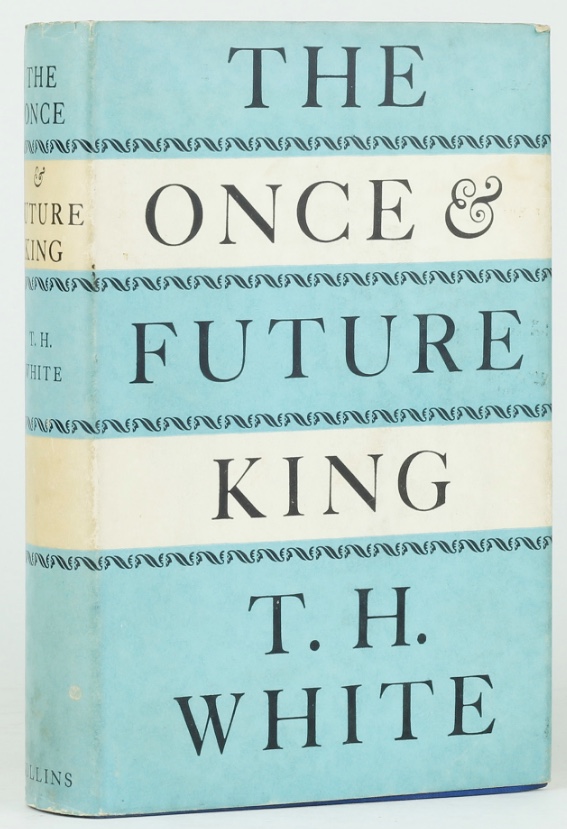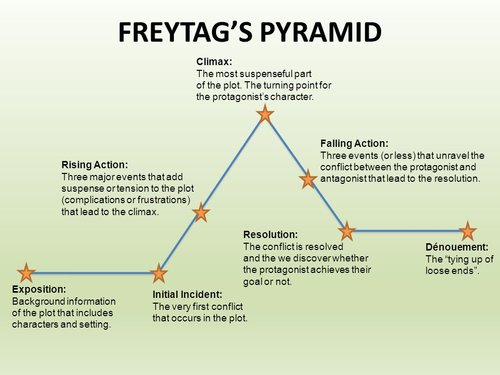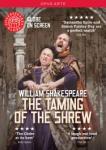There’s more than an element of sentimental attachment in what follows here.
One of the ailments that come with teaching is a massive reading block. It inevitably impacts at the end of a long, gruelling term. I came up with an ever-ready mood-breaker:
5. Anthony Hope: The Prisoner of Zenda


Bedford Square, WC1B, must sport more blue plaques to the acre than anywhere else in the capital. Number 41 gets Anthony Hope Hawkins, Novelist lived here 1903-1917.
Zenda appeared in 1894, and was in competition for trade with Shaw’s Arms and the Man, Dr Watson’s Memoirs of Sherlock, and Wilde’s A Woman of No Importance. All of those are in the public domain, so spoil yourself.
Allegedly Hope Hawkins conceived the story as he walked home — home was with his father, the rector of St Bride’s — from a day in the Courts (his day-job was at the Bar). Then dashed off the entire effort in a month.
I’m pretty sure I saw both film versions — Ronald Colman/Madeleine Carroll/Douglas Fairbanks Jr (1937), and Stewart Granger/Deborah Kerr/James Mason (1952), though probably not in that order — before I read the book.
Not many writers successfully generate a wholly imaginary country and the term to describe such a romantic, Ruritanian, fiction. Having realised Zenda was a good thing, Hope quickly followed up with Rupert of Hentzau, a classic piece of villainy. He had other ventures into Ruritania, but none are so memorable — some are totally soppy (The Heart of Princess Osra teeters on that brink).
Given a quiet day, and no hang-over (another attribute of end-of-termitis) I’d be through Zenda in a quiet afternoon. If the reading block persisted, the follow-ups could be something like Carl Hiaasen‘s equally fantastic rendering of Southern Florida — for me — the stand-out of a good list is either Stormy Weather or Skinny Dip. Hiaasen’s ‘plots’ are somewhat repetitive; but it’s the whiff of something sinister, even Grand-Guignol I’m up for.
If that recipe doesn’t shake the torpor, it’s back to the bottle.
6. Howard Spring: Fame is the Spur

Spring was a second-generation Corkonian, born in South Wales, the archetypal ‘hauled up by his own boot-straps’. When, aged twelve, his father died, he left school to work as an errand-boy. From there to being an office boy, learning short-hand at night-school, and Cardiff Uni evening classes. That got him a job as a reporter on the South Wales Daily News. Onwards and upwards to the Manchester Guardian, just in time to be called up for service in WW1. Back to the Guardian, he wrote a piece about Beaverbrook at a public meeting — it wasn’t too flattering, but the Beaver liked a degree of edginess, and Spring became a reviewer for the London Evening Standard.
After a bit of acclaimed kit-lit, he finished his first adult fiction —O Absalom (you’ll be into the second-hand market for that) which was optioned by Charles Vidor, heavily re-scripted (by Lenore Coffee) as a vehicle for Madeleine Carroll and Brian Aherne, and renamed My Son, My Son!
On the back of that, Spring retired from regular journalism to Cornwall and writing.
Which finally arrives at Fame is the Spur (1940).
I was walking back form TCD to the cold-water Ballsbridge basement flat, which took me past Greene’s second-hand bookshop in Clare Street (now, alas, no more). Greene’s catered for the passing trade with trays of whatever outside — typically three or sixpence for a paperback. It was there I picked up my first copy of Fame is the Spur (I’m now on my third or fourth copy, this one a 1959 hard-back reprint).
That paperback was passed around the TCD Fabians, as a kind of prophylactic, to keep us politically sound.
The story is the ideological decline and fall of Harmer Shawcross, his rise in the Labour Party, his betrayals of friends and ideals, until he reaches the House of Lords (and his only son dies in Spain). The story starts, brilliantly, at the field of Peterloo, and the capture of a dragoon’s sabre. The sabre has three lives: Sabre on the Wall, and the story recounted by the Old Warrior; Sabre in the Hand, as it is used by Shawcross as the visual aid for his fire breathing oratory, and Sabre in Velvet, when it is reduced to a display relic.
The parallel is not, I feel, Ramsay MacDonald — though aspects of that life are appropriated. More closely, I’d suggest Philip Snowden. The powerful sub-plot is women’s suffrage.
If I ever had to do the Desert Island Discs single book test, it might well be this one — partly for the decency, partly for the memories.
7. Gore Vidal: The Best Man
I was looking for a political fiction to go alongside Howard Spring, and I ended up reaching for another drama script.

This one sidled up to me, circuitously. I saw the Henry Fonda/Cliff Robertson movie (1964): I think that was at the Capitol in Princes Street (just off O’Connell Street).
I saw most of the parodic implications (Vidal himself wrote the film adaptation), but — again, and much later — it was a cheap paperback resale that gave me the script. I have it her: First printing, 1964, well ‘foxed’, but holding together remarkably well for a mass-paperback of that vintage.
The story is a Presidential convention. There are two thrusting candidates, both have ‘secrets’. They work those out in the script.
One, the JFK/Nixon hybrid (Joe Cantwell — note the implication of the surname) is opportunist and cynical. The film gives him a run in an open-top limousine, scattering index-cards — ‘Buy him … burn him’. The other is William Russell, principled (up to a point — his marriage is a sham), taken from Adlai Stevenson, who was twice seen off by Ike. They have to convince the ex-President, Art Hockstader, of their qualifications. Hockstader is the wise old owl: part Ike, part rustic Harry Truman.
This gives us fine scenes:
Hockstader: Bill, do you believe God?
Russell: Do I … ? Well, I was confirmed in the Episcopal Church.
Hockstader: Here, that wasn’t what I asked. I’m a Methodist and I’m still askin’: do you believe there’s a God and a Day of Judgment and a Hereafter?
Russell: No. I believe in us. In man.
Hockstader (nods): I’ve often pretended I thought there was a God, for political purposes.
Russell (smiles): So far I haven’t told a lie in this campaign. I’ve never used the word ‘God’ in a speech.
Hockstader: Well, the world’s changed since I was polickin’. In those days you had to for God over everything, like ketchup.
That last bit has annealed itself to my brain-cells.
And:
Cantwell (evenly): If Russell doesn’t withdraw before Wednesday, I am going to see that every delegate gets a copy of his psychiatric report. I’m going to ask him if he really feels that a man with his mental record should be President of the United States. Frankly, if I were he, I’d pull out before this (indicates papers) hits the fans.
Hockstader: Well, you are not Russell … to state the obvious. And he might say in rebuttal that after his breakdown he served a right rough period as Secretary of State and did not show the strain in any way.
Cantwell: One of the psychiatrists reports that this pattern of his is bound to repeat itself. He is bound to have another breakdown.
Hockstader: You and your experts! You know as well as I do those head-doctors will give you about as many different opinions as you want on any subject.
Cantwell: I realise that, which is why I am going to propose that he be examined, before Wenesday, by a nonparisn group of psychiatrists to determine if he is sane. […]
Hockstader: Wow! You sure play rough, don’t you?
Inevitably Russell‘s adultery and Cantwell‘s gayness (oh, c’mom! this is 1960!) eliminate each other. So the dark-horse, third-party comes through and takes the nomination.
But I doubt we are finished with Gore Vidal.
[Anyone complaining about formatting should go to blogger, where I posted the original]

 The day finally came when I felt the juvenilia no longer provided. I turned to the back end, S-Z, of the adult fiction shelves. And plucked out White, fresh from the press and a first-edition.
The day finally came when I felt the juvenilia no longer provided. I turned to the back end, S-Z, of the adult fiction shelves. And plucked out White, fresh from the press and a first-edition.
